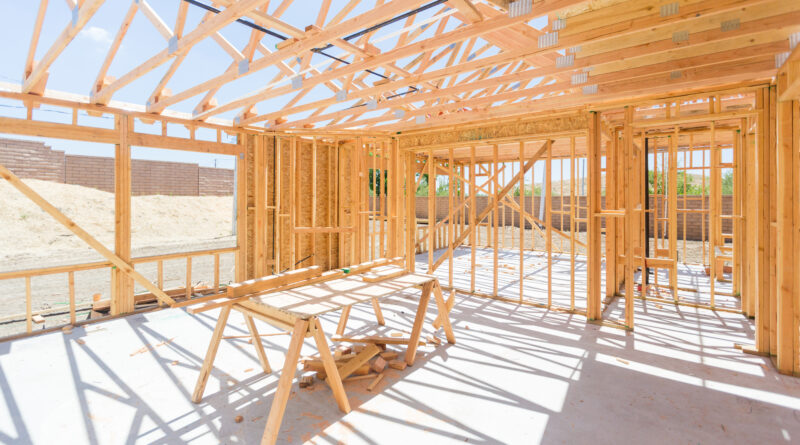Will BTR Rent Growth Outpace Apartment Rent Growth Over Time?
While specific outcomes can vary depending on the market and type of product, generally, the conditions typically support rent growth in the Build-to-Rent (BTR) sector.
Supply: A surplus of apartments intensifies direct competition, which makes it challenging to raise rents. In contrast, BTR supply remains limited, enabling operators to increase rents more swiftly compared to the broader apartment market.
Price: Despite higher BTR rents relative to apartments, the overall costs of homeownership are currently at record highs. Specifically, the costs associated with purchasing entry-level homes are nationally 55% higher than BTR rents.
Tenants: BTR tenants exhibit greater loyalty compared to apartment tenants. Factors such as stable family situations and consistent employment make BTR tenants less sensitive to price changes and less inclined to relocate frequently.
According to John Burns,


